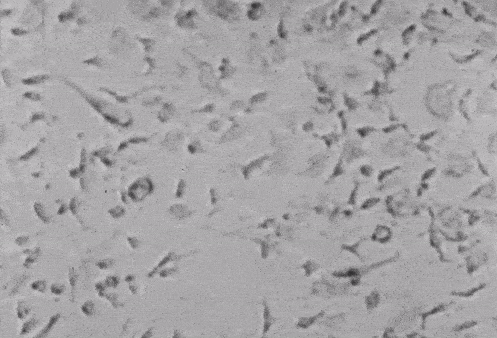2019-2020 COOP study group: Reality Settings: Art, Biology & Computation. Tutor Team: Aslak Aamot Kjaerulff, Bjarke Hvass Kure, Jenna Sutela. Partner: DIAKRON
Student participants:
Ilgın Deniz Akseloğlu, Sepideh Behrouzian, Alexandra Duvekot, Assem Hendawi, Gayatri Kodikal, Konstantin Mitrokhov, Harun Morrison, Mandus Ridefelt, Wilf Speller, Erato Tzavara.
Tutor team:
Aslak Aamot Kjaerulff for Diakron
Reality Settings: Art, Biology & Computation from Month to Month & Chronicles.
Reality Settings: Art, Biology & Computation
In the basement of one of the world's leading biochemical companies a network of freezers set to -80 degrees Celsius holds over three million synthetic life forms: perhaps the world's largest frozen zoo. Each day around 1500 new organisms are built by the company within the intricate and precise reality offered by automated laboratories and scientific methods. These life forms would not arrive directly via symbiotic evolutionary processes but are a part of a reality increasingly marked by settings changed (witting or unwitting) by humans.
A shifting relationship between biology and computation is underway. Discovering computation in life’s molecular processes in the 20th century gradually led to possibilities of intervening in and manipulating genetic information and cytoplasmic reproduction. Today, a new world is being imagined from within the genetic codes and cells of bacteria and other microorganisms. The 21st century is marked by human designs creating new reality settings for life and earth systems.
Broadly speaking, the term ‘reality settings’ refers to the conditioning factors that produce existence, be that methods in a laboratory, rules in (computer) games, feedback mechanisms in an ecosystem, background conditions of a science fiction world, religious lore or biochemical alterations of psychedelics.
Reality Settings: Art, Biology and Computation ventures into the reality settings emerging between organic and computational systems when explored through artistic practice, alternative cybernetics, and niché or lost cosmologies. The COOP asks questions such as: How can we live and design against the devastating realities of mass extinction and climate change? What are we learning about the nonhuman worlds that will change how humans develop their own? How can artistic practices and arts institutions respond to the ways in which life is altered across different cultures, disciplines, and value systems?
The study group moves beyond the modern isolation of art and arts education as an autonomous field, while focusing on transdisciplinary art practice. Its aim is to explore the capacity of art to interpret and change reality settings—especially when positioned in close proximity to science and technology. The group enters into dialogue with guests working in the areas of synthetic biology, emerging technology, existential risk, and speculative thinking.
The educational format will be a mix of discursive gatherings facilitated by Diakron and artist Jenna Sutela, encounters with guests, student-led sessions and processes in smaller groups. Particular emphasis is put on the practices of artistic research and group work. The programme zooms into specific disciplines, while also zooming out to map contemporary developments of ‘reality settings’ at a macro scale.
For the summit, the “reality settings COOP” proposes the creation of a temporary hybrid ecosystem composed of both organic and synthetic actors. Making space for the intermingling of machines and living organisms, while combining talks, performances, and audiovisual content, the event will act as a vehicle through which the group’s research can be put into practice. Akin to an open-ended laboratory experiment, the ecosystem format is a method to explore the complex emergent effects that occur between human desires, computational intent, and biology. The summit will be developed in dialogue with guests to the programme.

